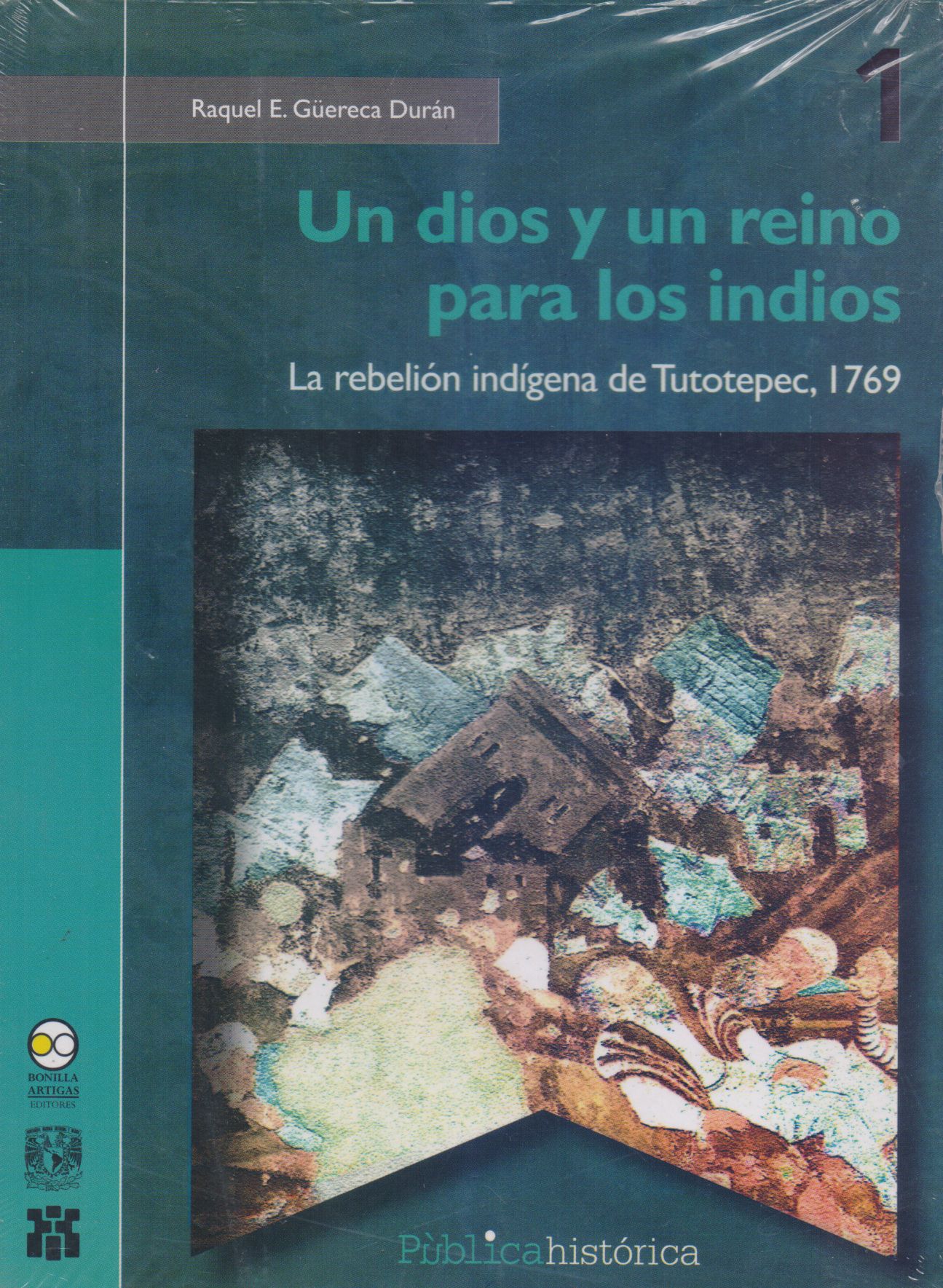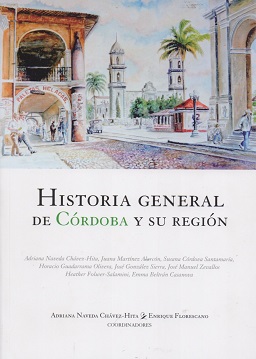Libros relacionados
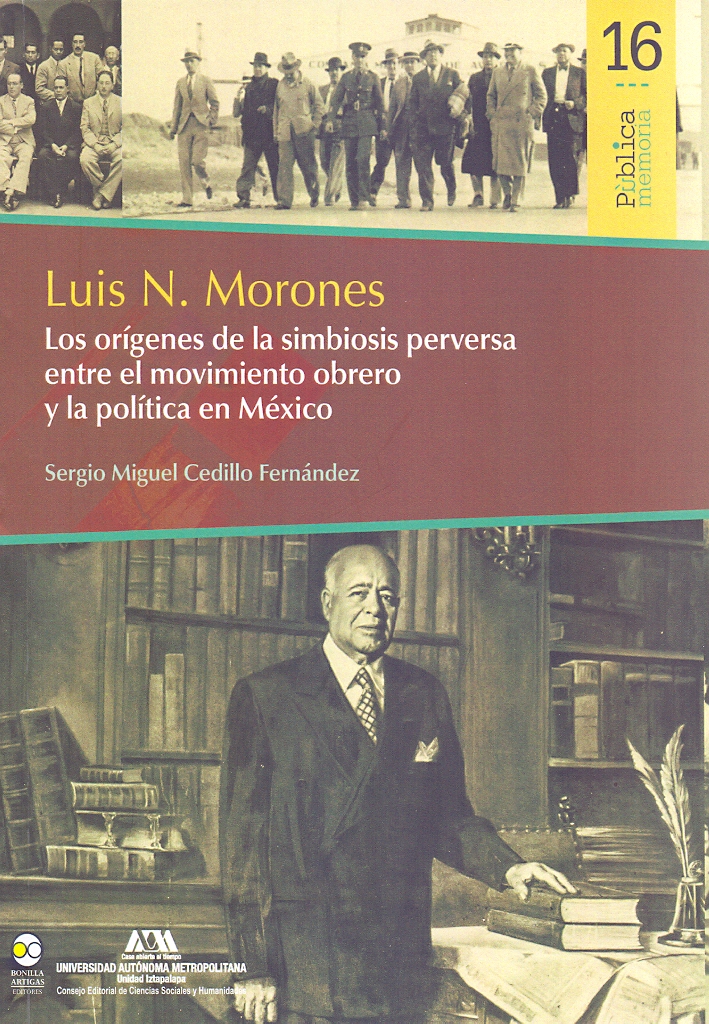 |
Luis N. Morones: los Orígenes de la Simbiosis Perversaentre el Movimiento Obrer Cedillo Fernández, Sergio Miguel Bonilla Artigas Editores |
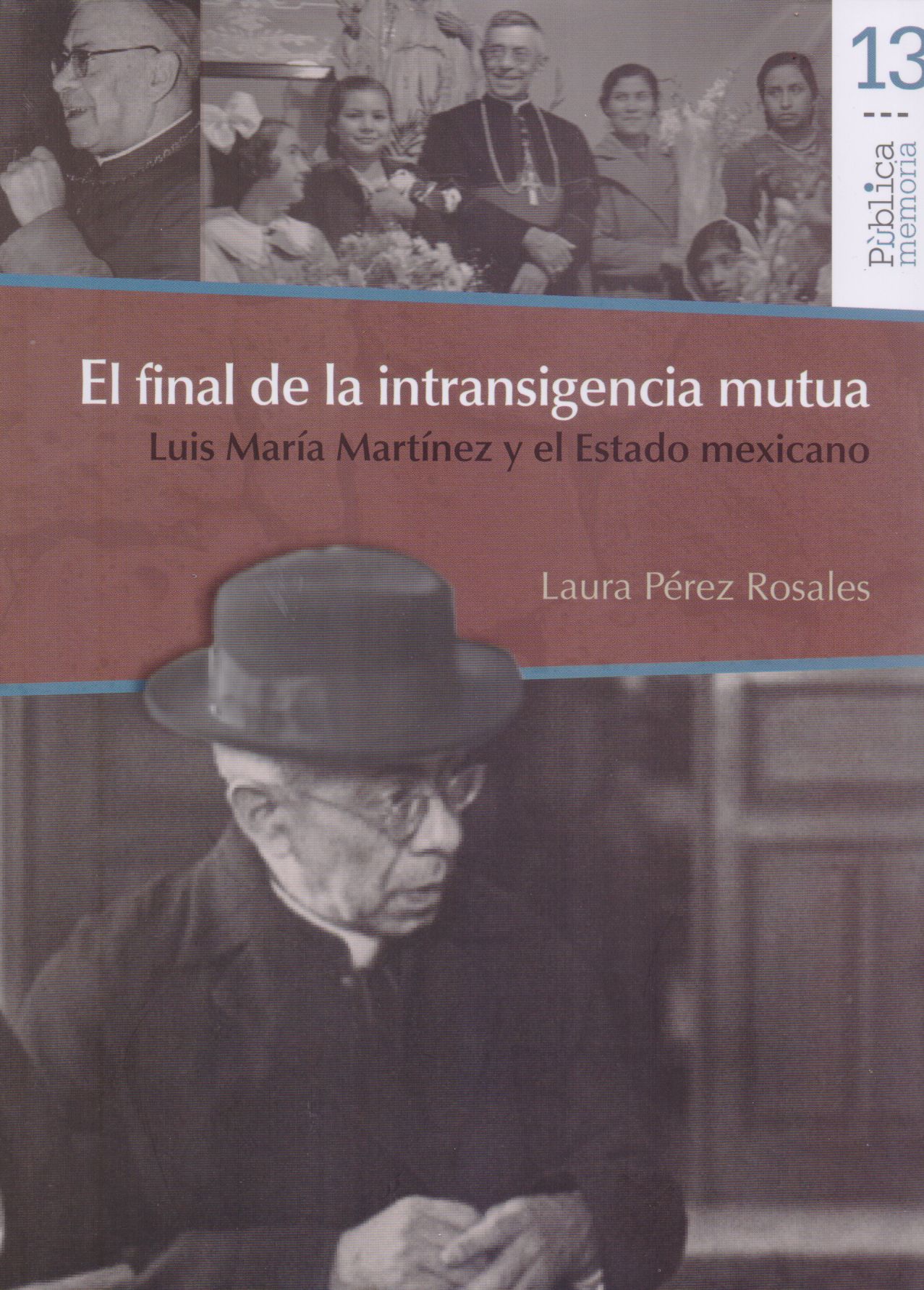 |
Final de la Intransigencia Mutua, El. Luis María Martínez y el Estado Mexicano Pérez Rosales, Laura Bonilla Artigas Editores |
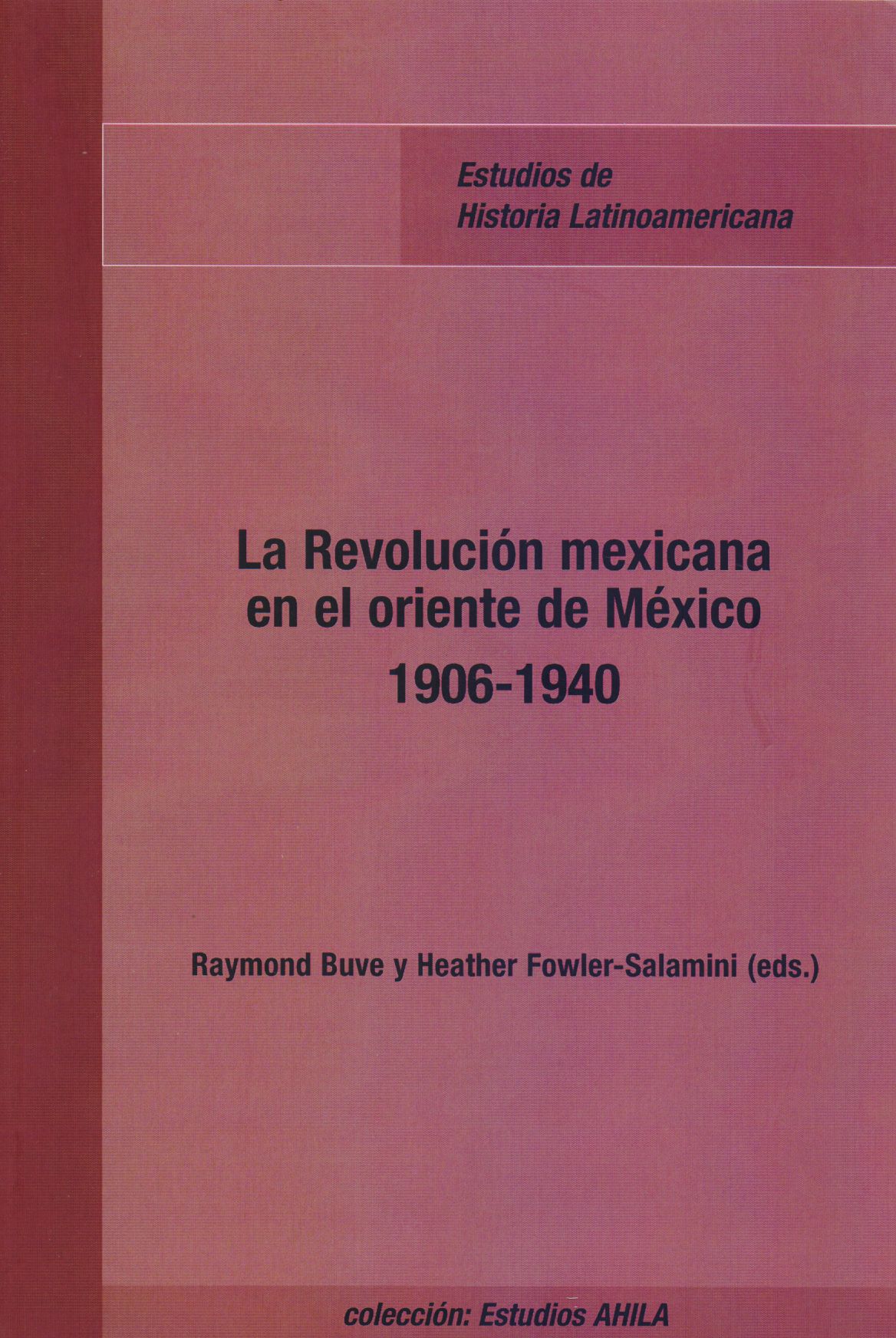 |
Revolución Mexicana en el Oriente de México 1906-1940, La Buve, Raymond / Fowler, Heather Bonilla Artigas Editores |
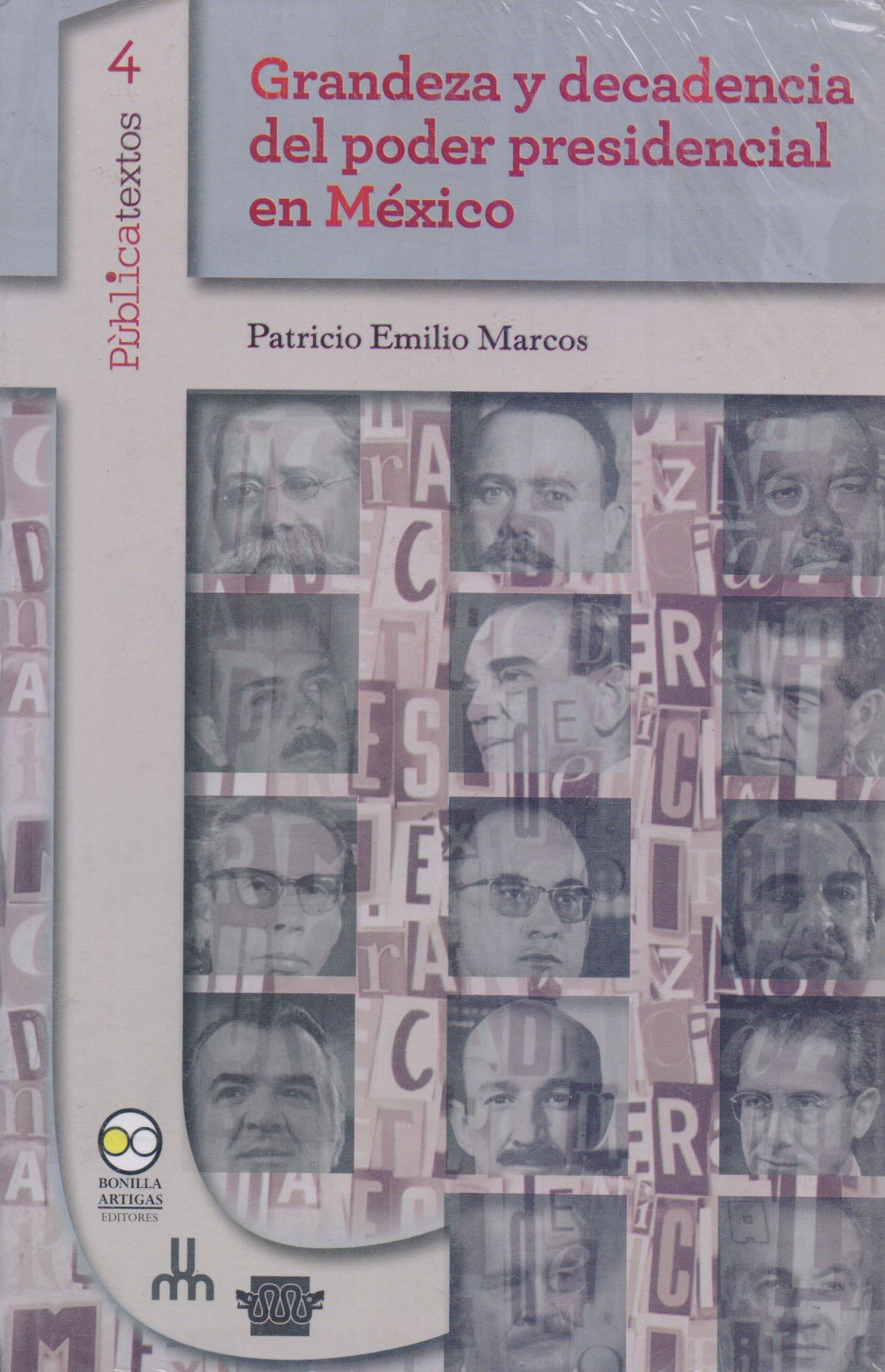 |
Grandeza y Decadencia del Poder Presidencial en Mexico Emilio Marcos Patricio Bonilla Artigas Editores |
 |
Espacios de Saber, Espacios de Poder Aguirre Salvador, Rodolfo (Coordinador) Bonilla Artigas Editores |
 |
Mexico Durante la Guerra de Reforma. Tomo I. Iglesia, Religion y Leyes de Reform Connaughton, Brian (Coord.) Universidad Veracruzana |


|
Título: Epidemic Disease In Mexico City, 1761-1813: An Administrative, Social, And Medic | |
| Autor: B. Cooper, Donald | Precio: $525.00 | |
| Editorial: University Of Texas Press | Año: 2015 | |
| Tema: Historia de México | Edición: 1ª | |
| Sinopsis | ISBN: 9781477305751 | |
| ive deadly epidemics, chiefly typhus and smallpox, struck Mexico City in the years between 1761 and 1813, claiming a minimum of fifty thousand lives. Mexico City was at that time the major metropolis of the New World and the capital of New Spain-by far the richest and most sophisticated city in that vast empire. It had the best medicines, the best doctors, and the best hospitals of the New World. What caused these devastating epidemics? Donald B. Cooper here makes a thorough study of the problem. Based almost entirely on unpublished manuscript materials from the national archives of Mexico and the municipal archives of Mexico City, his work represents the first detailed study of the impact of epidemic disease on the history of New Spain, primarily of its capital. The course of each epidemic, its inclusive dates, the mortality it caused, and its effect upon the community are fully described. At the time a major epidemic was in progress, the author says, all levels of government, national and local, secular and ecclesiastical, became involved in varying degrees in providing resources and leadership. The Church, wealthy corporations, and private citizens contributed the main funds.
During the actual time of crisis, an outbreak could be prosecuted with remarkable success and cooperation. Once an epidemic was over, however, little was done to prevent another. No single person or agency in Mexico City was sufficiently cognizant of the diverse problems involved to cope with them within a national or regional range-not even the viceroy. Such vital public works as aqueducts, waterlines, roads, and canals were inadequately maintained. Such essential municipal services as cleaning streets and canals, collecting garbage and refuse, and caring for the muddy, shallow cemeteries were poor if not nonexistent. Government officials, as well as the populace, were insufficiently concerned with the relation between sanitation and disease. The practice of medicine in eighteenth-century Mexico had few scientific or professional aspects. The close relation of medicine and theology tended to inhibit experimentation that might have effectively broadened the frontiers of medical knowledge. Traditionalism acted as a barrier to the adoption of innovations. In the epidemic of 1779, for instance, inoculation-which could have saved innumerable lives-was totally rejected; in the outbreak of 1797 it was accepted only by the small upper class; when vaccination came to Mexico in 1803 it met the same militant opposition. The wonder, then, is not that so many died of disease, but that so many lived |
||
Librería Bonilla SA de CV © Todos los derechos reservados. 2019
Última actualización: Jul 2019



